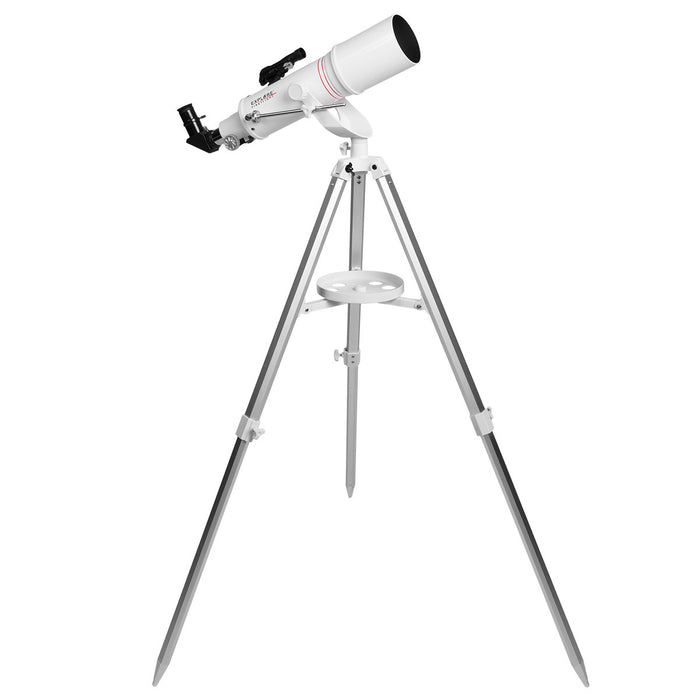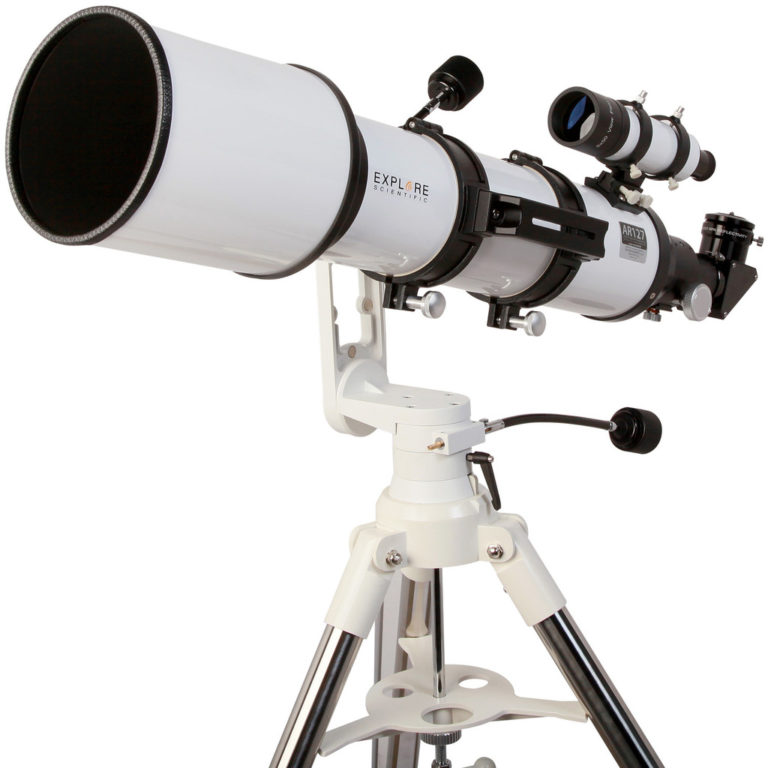

These tend to see parts of the electromagnetic spectrum that do not penetrate through the Earth’s atmosphere, such as x-rays and gamma rays. There are also quite a few observatories located in space. Today, there are large-scale astronomical observatories all over the world. Since the earliest telescopes several centuries ago, the instruments have gotten bigger and, eventually, helped by computers for precision. The majority of astronomical observations are still based on observations from reflecting telescopes. It continues to advance astronomy today, several centuries later. Like Galileo, Newton was able to observe moons in orbit around Jupiter and the phases of Venus. Newton did not discover anything new with his telescope, but it helped confirm the ideas of Galileo and Copernicus. It bounces off, and this proved genius when it came to telescopes. The use of mirrors solved the problems of refraction because light does not pass through mirrors, unlike glass. His invention relies on a concave mirror as the objective and a diagonal mirror. Newton found a way around this distortion when he developed the first reflecting telescope, or Newtonian telescope, after experimenting with mirrors in the late 1660s.

The problem with refracting telescopes is that the colors in light get distorted similarly when they pass through the glass, much like a straw in a glass of water. Newton let white light shine through a prism and found that the prism dispersed the light into a spectrum of colors. The Newtonian telescopeĪs Isaac Newton discovered, white light is a mixture of all colors.
First used refracting telescope for astronomy full#
A full Venus could only be possible if the planet were on the opposite side of the Sun to the Earth. Galileo’s observations included a full Venus and showed that the planet must orbit the Sun. Venus would have phases in a geocentric system, but it would only go up to a half-Venus at most. He found further evidence when he discovered the phases of Venus. If everything orbited the Earth, this could not be possible. Galileo found the first proof in support of Copernicus’ theory when he trained his telescope on the night sky in 1610 and saw that Jupiter had four moons orbiting it. Copernicus was the first scientist who suggested that the Earth might be another planet, like Venus and Mars, orbiting the Sun. Yet, he was able to find solid proof of heliocentrism with his telescope.įor 1000 years, Aristotle’s idea of a stationary Earth at the center of the Universe with other planets orbiting it had dominated religion and the sciences. His telescope was not much better than the cheapest telescopes on the market today.

Galileo was the first astronomer to systematically use a telescope to magnify objects in the night sky. This was the preferred type of telescope until the middle of the nineteenth century when reflecting telescopes became the norm. In 1611, the astronomer Johannes Kepler, who gave us Kepler’s laws, found an even better method that used convex lenses for both the objective and the eyepiece. His invention quickly spread across Europe, and the astronomer Galileo improved the design the following year. Lippershey’s refracting telescope redirected light and magnified objects using a convex objective lens and a concave eyepiece. As you can see, for example, when you place a straw in a glass of water, and it looks as though the straw is broken, light bends as it travels through a different medium (from air to water, in this case). Refraction happens when a light beam travels from one medium to another. Lippershey was an eyeglass maker, and his invention could make distant objects appear closer by using refraction. The earliest known example is the Dutch Hans Lippershey’s telescope, invented in 1608. Historians have not yet been able to pinpoint precisely when the telescope first appeared. From knowing the Universe’s age to understanding the electromagnetic spectrum, the telescope has been crucial to many vital scientific discoveries. The history of the telescope tells us a lot about how astronomy and science generally have developed over the last few centuries. Since the instrument was invented about four hundred years ago, our knowledge of the cosmos and the things in it have undergone many revolutions. The invention of the telescope has dramatically impacted our understanding of the Universe.


 0 kommentar(er)
0 kommentar(er)
